Hackers are using sneaky compression methods in Android APK files to evade malware detection.
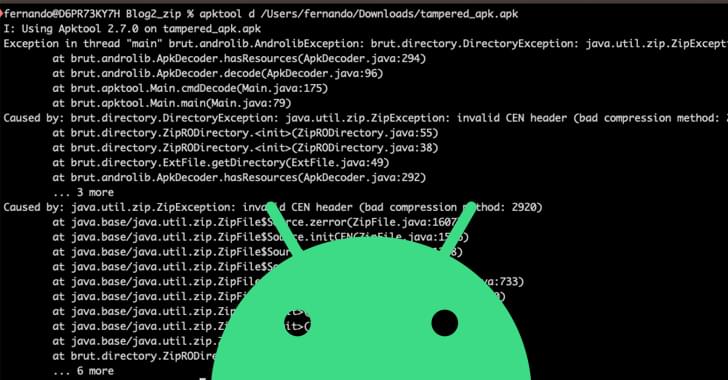

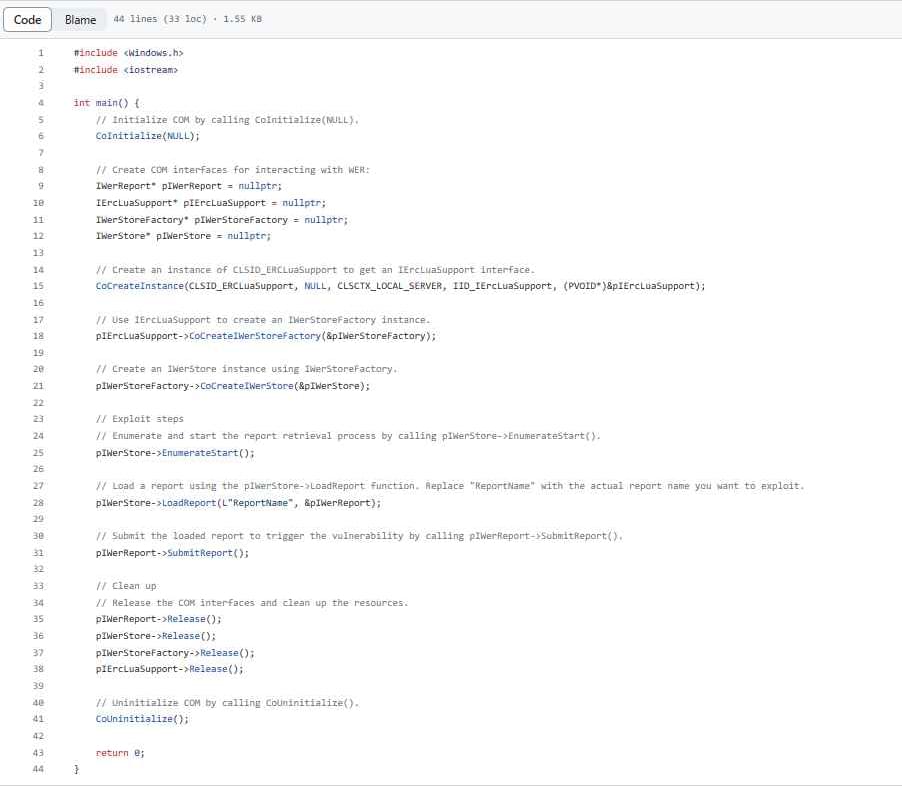
CVE-2023–36874 is not just any vulnerability; rather, it is a zero-day that is being actively exploited. This indicates that the vulnerability was being exploited in the wild even before any remedy was provided, and in some cases, even before it was publicly acknowledged. Because they provide a window of opportunity before updates are sent out, vulnerabilities of this kind are often among the top targets for cybercriminals.
However, taking advantage of this vulnerability is not as simple as one may first believe it to be. According to the advisory notes published by Microsoft, “An attacker must have local access to the targeted machine and must be able to create folders and performance traces on the machine, with restricted privileges that normal users have by default.”
This significantly reduces the danger vector, but it does not remove it entirely. Because Windows is so prevalent throughout the world, even a very minor security flaw may put millions of machines at danger.

Accounts may be hijacked and data can be uploaded without authentication if a certain version of Jupiter X Core, a premium plugin for setting up WordPress and WooCommerce websites, is used. These vulnerabilities impact various versions of the plugin.
Jupiter X Core is a visual editor that is both simple and powerful, and it is a component of the Jupiter X theme. The Jupiter X theme is used in more than 172,000 websites.
The second flaw, identified as CVE-2023–38389, makes it possible for unauthenticated attackers to gain control of any WordPress user account so long as they are in possession of the user’s email address. The vulnerability has been given a critical severity level of 9.8 and affects all versions of Jupiter X Core beginning with 3.3.8 and below.


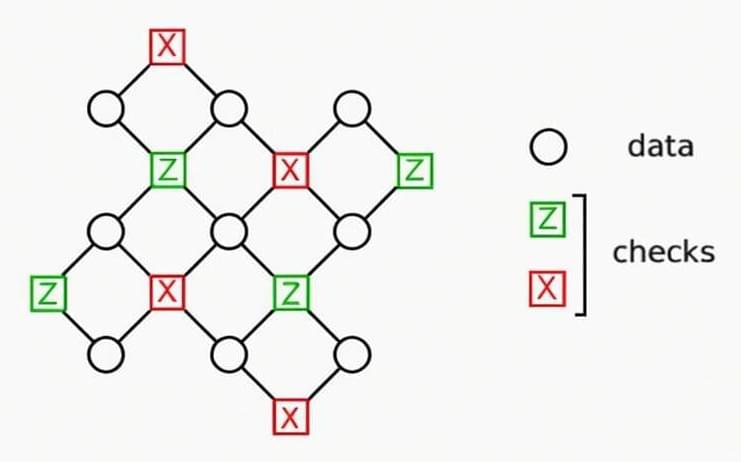
Quantum computing is on the verge of catapulting the digital revolution to new heights.
Turbocharged processing holds the promise of instantaneously diagnosing health ailments and providing rapid development of new medicines; greatly speeding up response time in AI systems for such time-sensitive operations as autonomous driving and space travel; optimizing traffic control in congested cities; helping aircraft better navigate extreme turbulence; speeding up weather forecasting that better prepares localities facing potential disaster, and optimizing supply chain systems for more efficient delivery times and cost savings.
But we’re not there yet. One of the greatest obstacles facing quantum operations is error-correction.

Some of the world’s leading astronomical observatories have reported cyberattacks that have resulted in temporary shutdowns.
The National Science Foundation’s National Optical-Infrared Astronomy Research Laboratory, or NOIRLab, reported that a cybersecurity incident that occurred on Aug. 1 has prompted the lab to temporarily halt operations at its Gemini North Telescope in Hawaii and Gemini South Telescope in Chile. Other, smaller telescopes on Cerro Tololo in Chile were also affected.
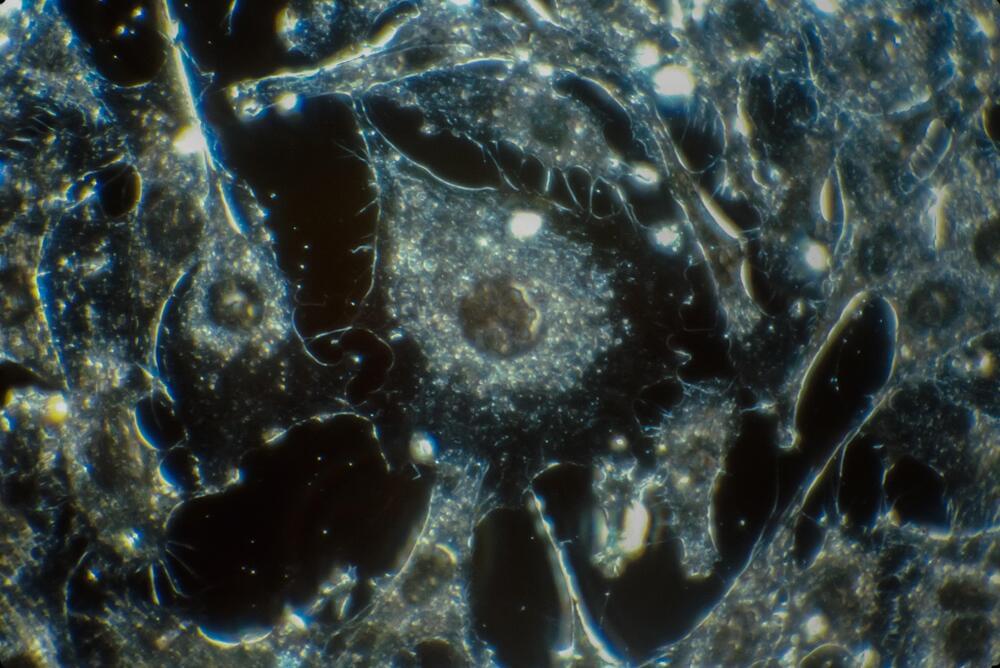
The incidence of cancer increases exponentially as we age. Unlike most age-related diseases, which generally cause cell and tissue degeneration and loss of function, cancer cells must acquire different, albeit aberrant, functions to progress to lethal disease. One link between age-related cancer and degeneration could be an inflammatory tissue environment driven by MTOR in senescent cells.
In her groundbreaking 2010 research perspective paper, The Senescence-Associated Secretory Phenotype: The Dark Side of Tumor Suppression, Dr. Judith Campisi from the Buck Institute for Research on Aging highlighted the tumor-promoting aspects of senescent cells. Campisi’s research showcased the significant ability of senescent cells to reshape the cellular landscape around them, crafting what scientists term the ‘microenvironment.’
Far from being an inert backdrop, this microenvironment serves as a dynamic stage upon which cells interact and potentially pave the way for disease progression, particularly cancer.
This may be a great idea. Currently watching. Several countries are trying this.
The race is on to build the world’s first floating city.
For more by Tomorrow’s Build subscribe now — https://bit.ly/3vOOJ98
Join our mailing list — https://bit.ly/tomorrows-build.
Listen to The World’s Best Construction Podcast.
Apple — https://apple.co/3OssZsH
Spotify — https://spoti.fi/3om1NkB
Amazon Music — https://amzn.to/3znmBP4
Follow us on Twitter — https://twitter.com/TomorrowsBuild/
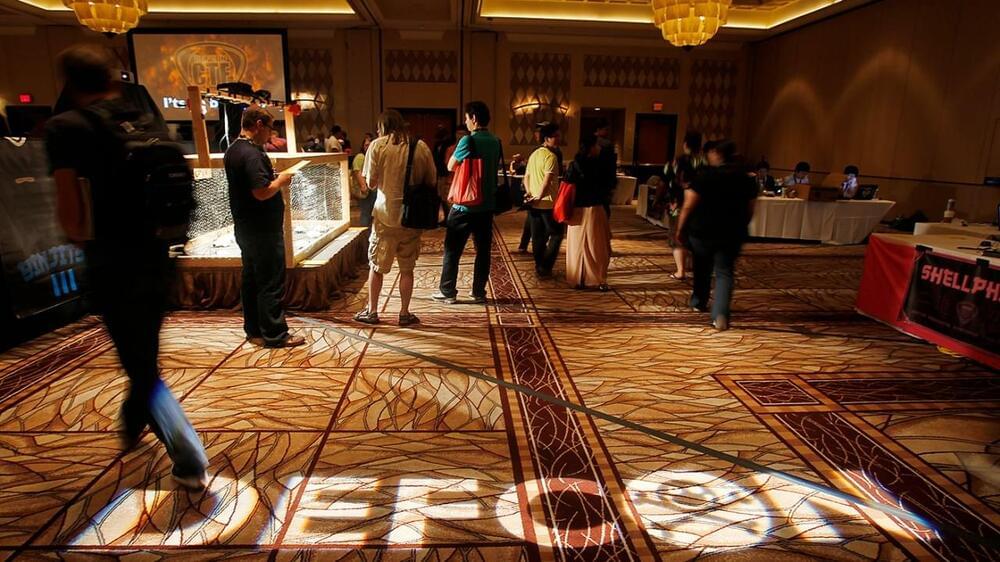
The recent surge in generative artificial intelligence (AI) technology is boosting the tech industry after growth slowed across the sector earlier this year.
As federal interest rates rose and the tech industry was coming off a pandemic-induced high, the once-vibrant sector suffered through lower earnings and layoffs throughout the year.